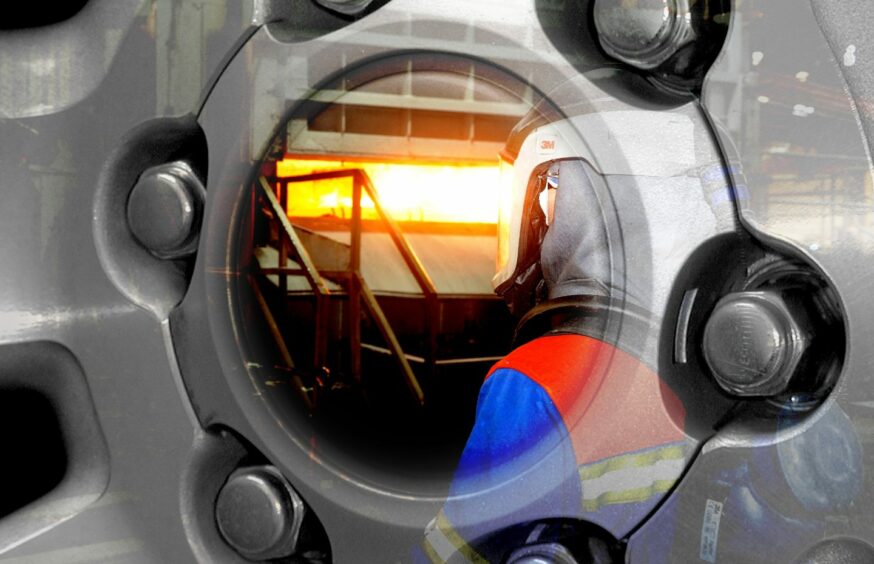
The transition to renewable and clean energy needs to speed up this year or risk losing the “transient ” workforce in the North Sea, a business adviser has warned.
Mark Brown, partner at accountancy firm MHA welcomed plans announced by the government, however, he believes 2025 is pivotal in terms of seeing real momentum before workers move abroad.
Brown said: “It’s crucial that the transition starts to see real signs of tangible progress in 2025 as there is a high risk of losing experienced personnel if the jobs just aren’t there. If this does not happen quickly enough, we are in danger of losing what is already a very transient workforce.”
He noted North Sea work force reacted to market conditions. The most recent report by the Energy Transition Institute at Robert Gordon University (RGU) in Aberdeen, estimated the Scottish-based offshore energy workforce could plunge by around 40%, from 79,000 to about 48,000 workers in 2030 depending on the speed and scale of investment.
“They will work all over the world as has been seen in previous periods of North Sea downturn. They will go to where the opportunities are, where the money is, particularly the younger workforce whose skills will be key to the energy transition. Once they go abroad, they might never come back,” Brown said.
“We need the industry to remain buoyant enough here in the North Sea to hold on to those workers long enough for the transition into renewables – that’s the key. These plans must now mean something. Action must be taken to attract and secure investment in the immediate years to come.”
Last month, a pilot scheme backed by £3.7m in Scottish funding was launched for oil and gas workers looking to transition into the renewables industry. The energy skills passport will help workers find employment in the offshore wind sector and make it easier for workers to discover which qualifications they need and which career paths are available.
Michael Meakin-Blackwell, director, MHA, argued workforce training would help overcome scepticism that the UK might not meet net zero targets embodied in the government’s 2030 clean power targets
He said: “Around twice as much new transmission network infrastructure will be needed in the nation’s grid by 2030 as has been built in the past decade. In addition to this, wind turbine generator, solar and battery assets continue to increase in size and therefore technical complexity.
“The plan also highlights the ‘huge opportunity’ for reskilling and transferring skills with over 90% of the UK’s oil and gas workforce possessing skills that have medium to high transferability to the offshore renewables sector.
“While this may be true and could be a major pull of investors in the north-east of Scotland in particular, a high degree of retraining will be required, adding further skepticism that these targets can be hit.”
Meakin-Blackwell said there needs to be confidence in the sector to ensure staff are retained. He added the connection of renewable projects to the grid faced a bottleneck which could affect investment.
He added: “Clean power 2030 puts a clear plan in place and starts to build confidence that we are looking to move at pace this the transition.
“One of the key factors which will impact the ability to meet the objectives of clean power 2030 will be grid connections.
“According to NESO, there were over 1,700 connection applications in 2024, leaving more projects in the queue than are required for the energy system in 2030 or even 2050 leading to a pause in connection applications from January 29, 2025.”
Recommended for you


 © Supplied by MHA
© Supplied by MHA © Supplied by MHA
© Supplied by MHA